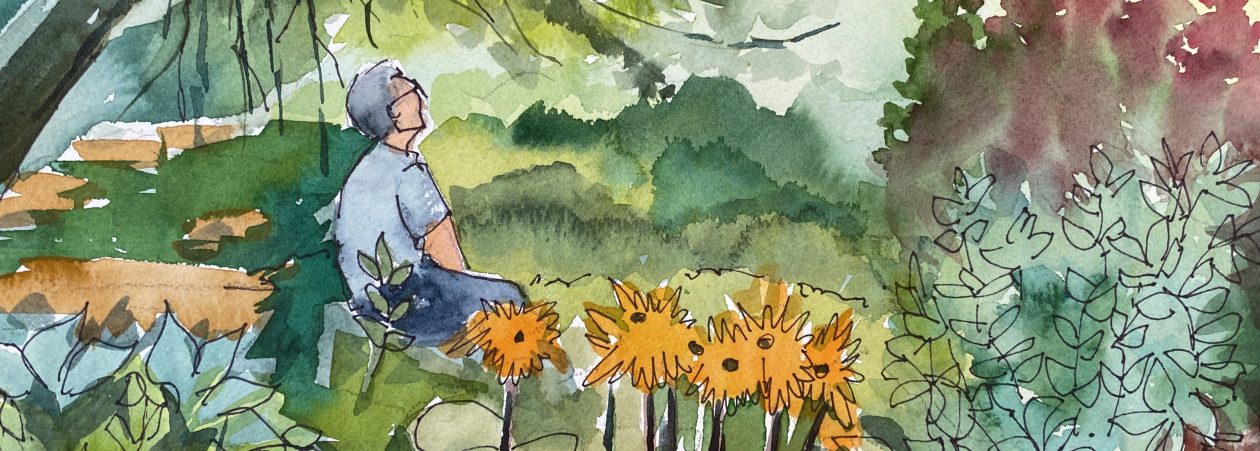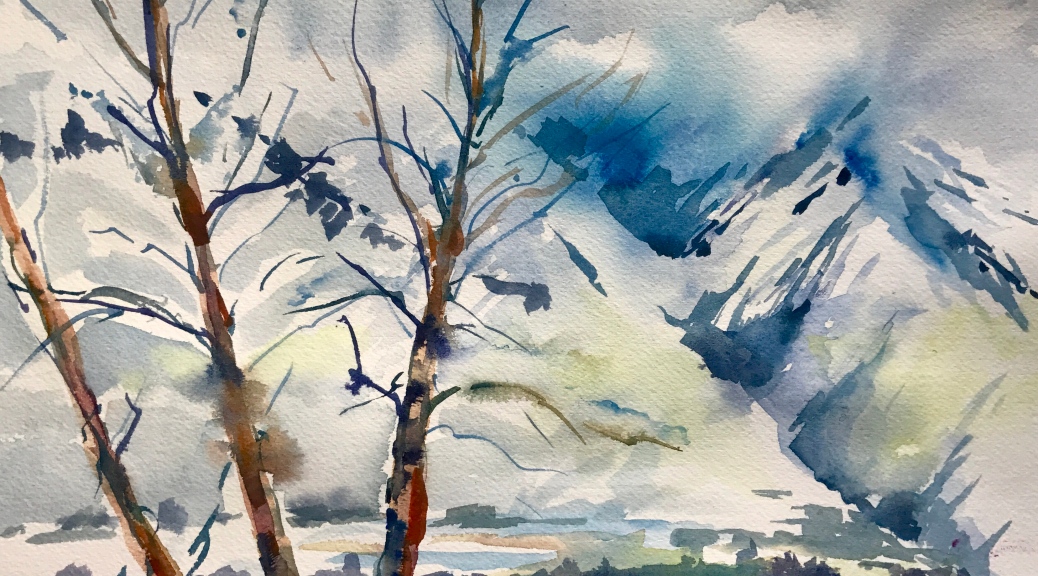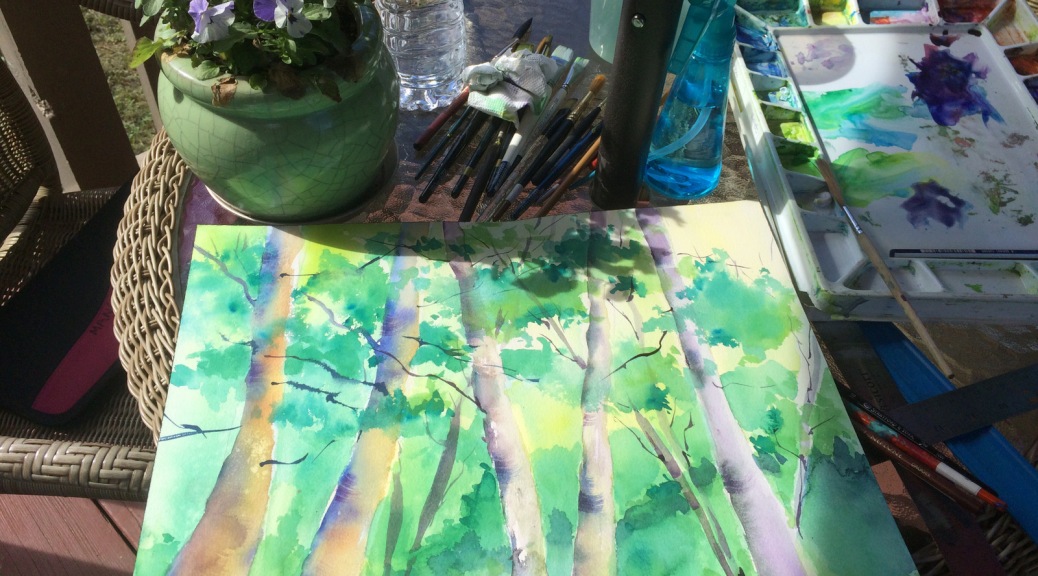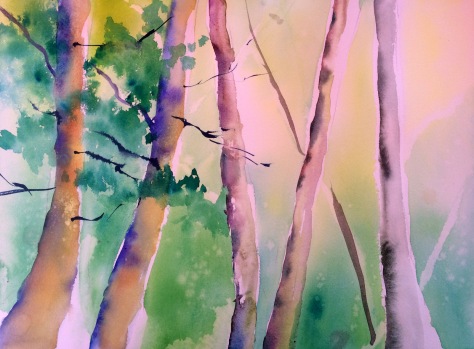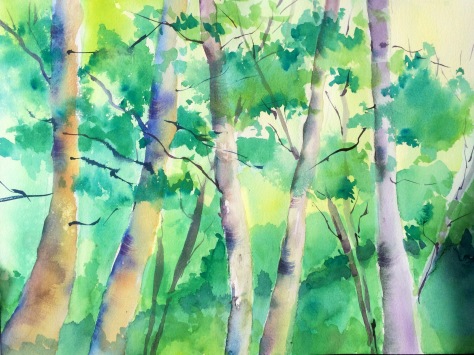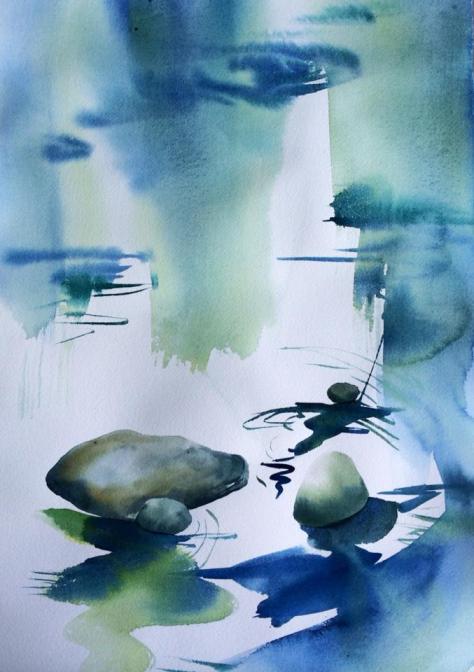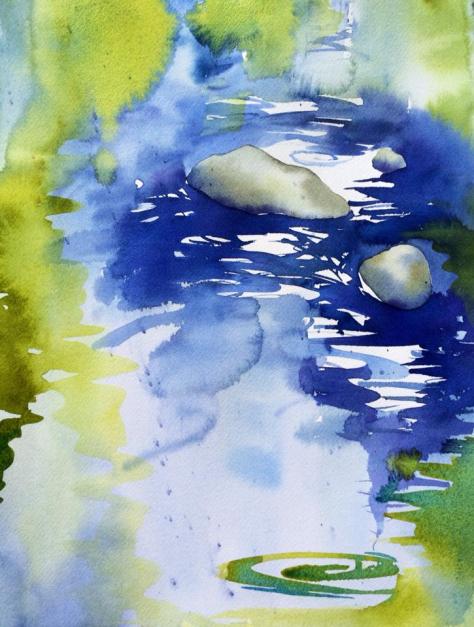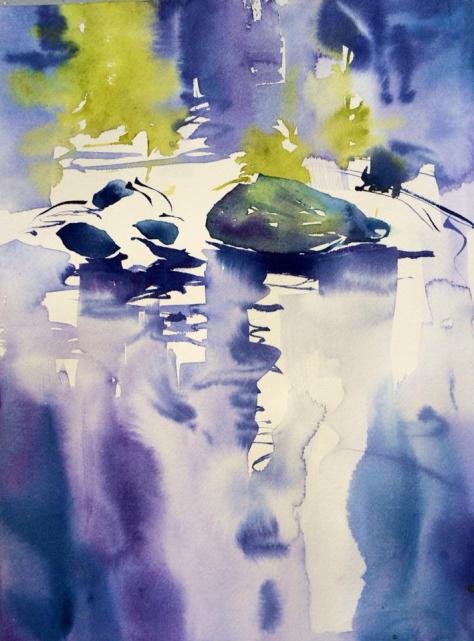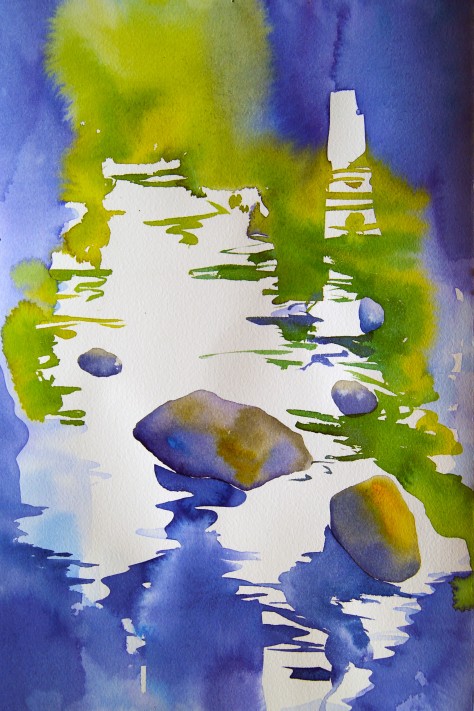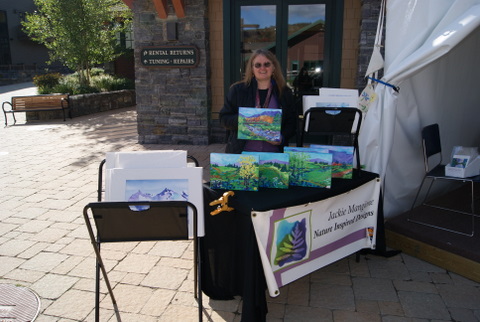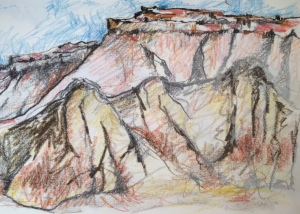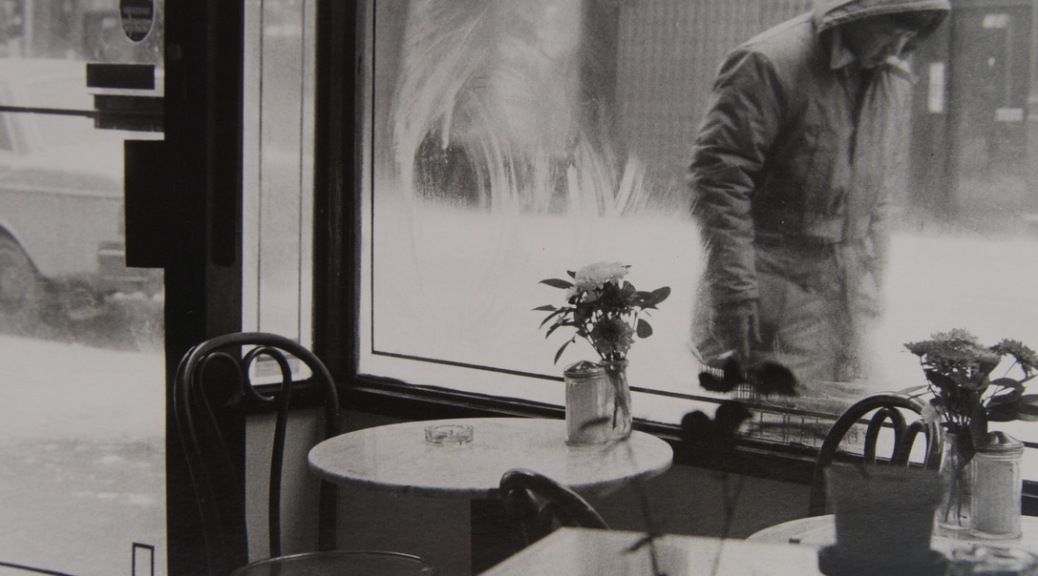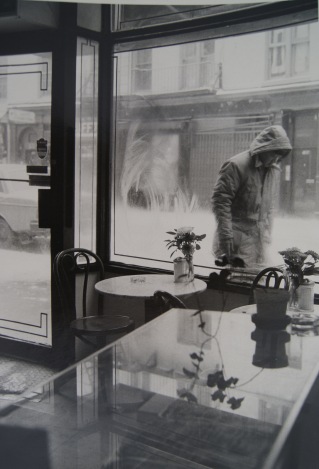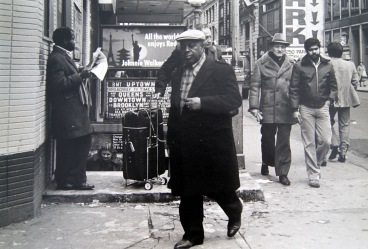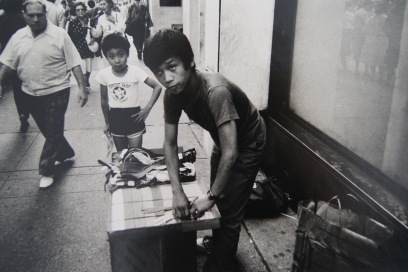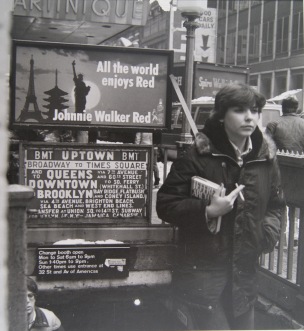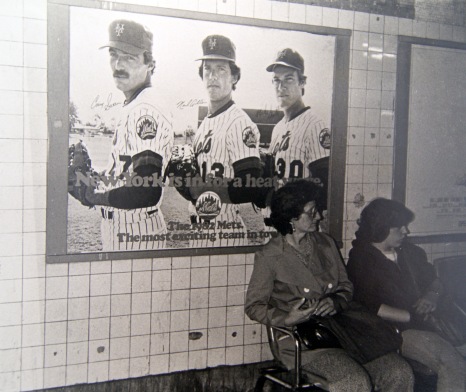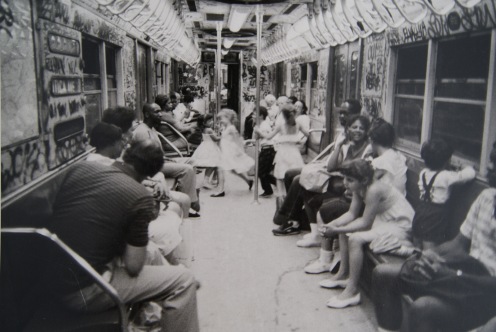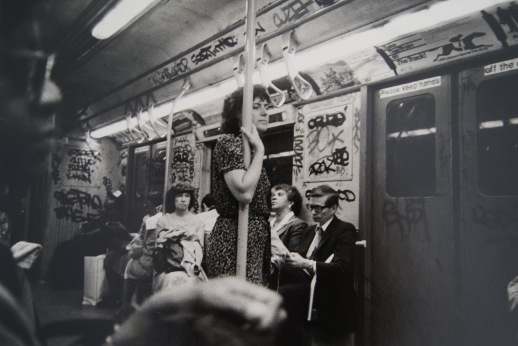Ready to find the ultimate landscape to paint? Going on a trip and need to pack your art supplies? Taking a plein air class this summer? Preparing your watercolor painting materials ahead of time will give you a jump start on your day the next time that perfect day promises ideal weather for plein air painting. This is how I pack for a day trip so that I have all my essentials in one convenient place and can just grab my backpack and go.
Keep in mind you will have to trek on foot from your car to your destination, so packing efficiently and as light as possible is going to be your goal. Minimally you will need a backpack and I will explain how everything you need can fit inside a standard size school type backpack.
I purchased an inexpensive school back pack for under $15. at a Target and was able to fit everything I needed into it. My backpack measured 20″ high x 13″ wide and when packed fully, approximately 12″ deep. When I went to the store I brought along my Arches 12″ x 16″ watercolor block to see how it would fit inside the backpack. The backpack had a ruck sak style opening at the top which is a feature I like because it allows for a wider opening to fit my palette, container of paints, brushes and my water bottle.
Here is my essential list of materials that I carry when I paint outdoors. (Below is a photo illustration of my materials with captions.)
- 12″ x 16″ Arches Watercolor Block
- A container that holds the following: Approximately 12 tubes of watercolor paint, 8 brushes, eraser, 2 pencils and a pencil sharper. I also fold several sheets of paper towels and line the container with it.
- A 14″ x 10″rectangular plastic palette with lid.
- A 48 oz. Nalgene water bottle. (This may seem bigger, because the water is not just for drinking).
- A small 8 0z. plastic cup for brush washing.
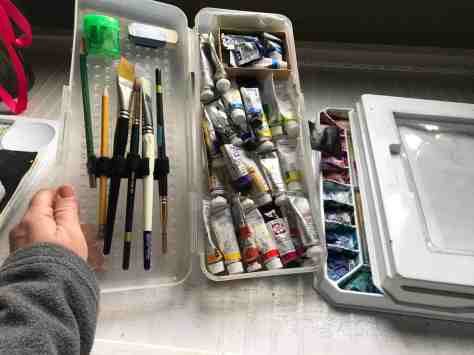
- Tubes of Paint, Brushes and Pencil Supplies
This plastic container on the left is a 5″ x 13″ pencil container which I like because of its rectangular shape. You can find these in all sorts of shapes and sizes at arts and crafts or office supply stores. Notice that I have applied Velcro tabs on my brushes, eraser and pencil sharpener. This keeps everything tidy and allows me to find them quickly. Also, when painting outdoors you sometimes have to deal with wind and things topple about easily, so having my essential tools stable helps my painting go smoothly. My paints still topple around inside the container, and I am working on a solution for that in the future. Let me know if you have any suggestions.

On the right is my watercolor palette and tray. It has a cover that you can turn over and use as an additional tray to mix paints. When I pack it, I also put it inside a plastic bag to prevent leakage. The blue sketchpad on top of the tray is an extra pad I use for sketching.
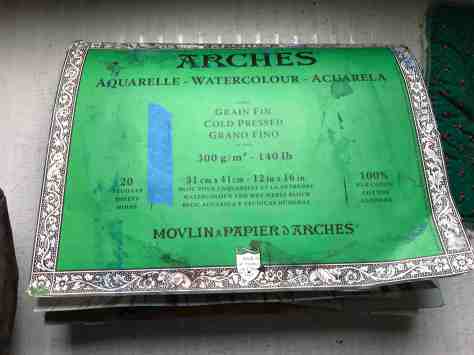
I like to use this particular brand of watercolor paper. It is called a watercolor “block” because the sheets of paper are sealed alongside the four edges with a removable gum arabic adhesive. It also provides stability when painting outdoors. The sheets of paper won’t blow away because it is already secured and the hard cardboard backing is great to balance on my lap or surface that I am painting on. ( I often sit on rocks, ledges and tree stumps when I paint outside).

I also have piles of paintings that I can store inside the cover of the watercolor block when I pack my bag. The watercolor block protects my loose sheets of paper from bends and tears.
Wala! Here is your fully stocked backpack. Once you have created this pack, I suggest you don’t unpack it. Keep it handy so the next outing you take, you know you will have everything you need to get your trip started at a moment’s notice. Each time you use your pack, you will refine it by adding and subtracting your most essential supplies.
Here are a few extra items I like to pack:
- Ruler
- Scissors
- Masking tape
- Small spray bottle
- Exacto knife or blade
- A few extra sheets of paper towel
- Cell phone and battery charger for backup
- And oh, yeah, don’t forget your afternoon snack of choice:
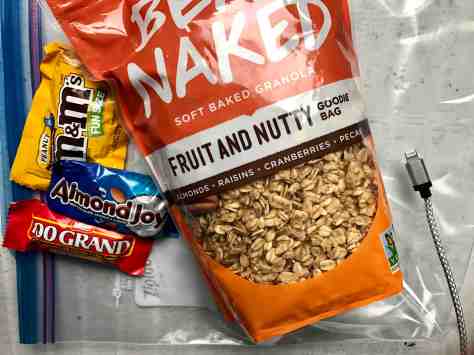
Happy painting!
